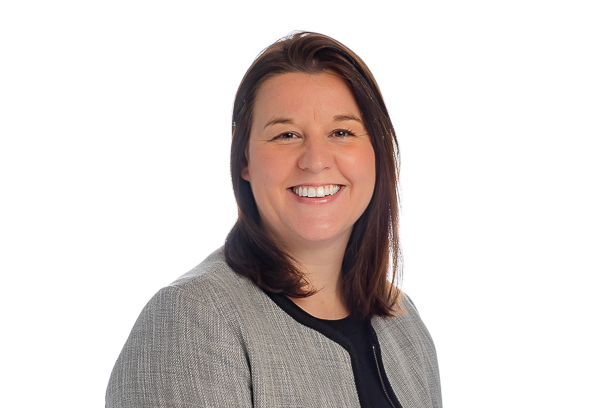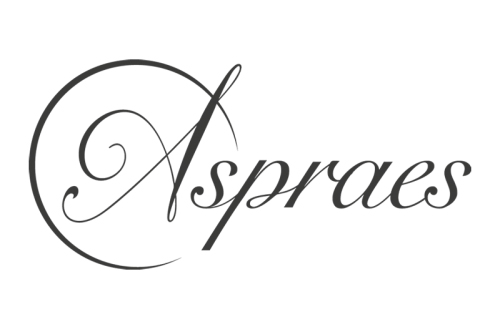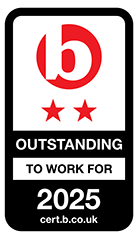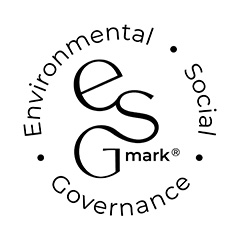What will be the reality of agile working for professional firms?
Work is no longer somewhere that we go to – instead it is now an activity that we do.
Professional firms have experienced the largest ever trial of “working from home” with what will potentially have been a 15 month test period for some! Clearly this was something that was forced onto business owners as a result of the pandemic, and this prolonged period will not have been the ideal scenario for many employers and employees alike.
For those businesses that were already embracing remote working on a regular basis pre Covid-19, they are already taking the next steps in terms of making elements of this permanent, and are now working to crystallise premises and infrastructure savings. However, for some business owners, it may feel as though “Pandora’s box” has been opened and it is now a huge challenge to navigate back to the pre pandemic working model.
We are currently being bombarded by news stories of how the largest firms are moving towards fully agile working models and only asking their employees to come in to their city offices and hot desk a couple of times a month. We are also listening to colleagues in other regional firms that are creating rotational teams or fixed ratios between office and remote working for their teams. Then we have some of the smaller firms with less staff that may not see agile working as an option at all.
But one conclusion that is crystal clear is that there will be no single solution that will work for every business.
So how do professional firms navigate through this to create the right working model for them?
Here are a few steps that may help to create the right agile working policy for your firm:
1. Understand what “agile working” really is
Agile working is not just about working remotely. It is about bringing our team and our processes together at the most appropriate time and place, in order to complete a task that in turn helps us deliver your service in the most effective way.
2. Survey your team
Give each and every member of your team a voice with the opportunity to share their thoughts on their experience to date. Make sure you ask challenging questions about not only their personal preferences but what challenges there may have been with sustained remote working on team collaboration; response times; client service levels and building the business.
3. Ask your clients
Clients are the lifeblood of any professional firm and key clients that have known you pre and post pandemic will be able to give you honest and critical feedback as to any changes to your levels of service and overall client experience they have experienced.
4. Ensure all business owners engage with the feedback
How your team and your clients feel about your firm will ultimately dictate the success (or otherwise) of your business. It is vitally important that the business owners set aside their personal preferences or “baggage” about agile working from the decision making process. Listen to what your team and clients are telling you and then see how you can balance your business model around the two.
5. Consider the different elements that you can adopt to create a new agile working methodology
Tasks: Focus on the roles and responsibilities that each level of your team may have and identify which tasks may be more suited to remote working and which could be hindered by it.
Space: Create appropriate workspaces in your offices for both focussed and complex tasks for individuals as well as collaborative team projects and troubleshooting.
Time: Review the client-facing hours of your business and then review how your team can adopt a flexi working policy around this. Even if remote working cannot work for your team, providing flexibility to working hours will be vital to attracting and retaining talent in your firm.
Teams: Build in ways of keeping teams connected on a regular basis including cross department and with the management and leadership team. Some firms are using team “huddles” or “scrums” which can be a blend of in-person or virtual in order to stay connected and focussed on the priorities as a team.
6. Keep under review and know how to measure success
When you are ready to roll out the new way of working, make it clear to your team that it will be kept under review and make sure the boundaries are clear to all. Communicate and highlight some key measurements that you will use to monitor how the system is working. This will then enable you to review, refine and develop when you need to and continue to balance this to suit the business needs.
When it comes to agile-working, one size will never fit all – but every business will need to consider how to tailor their own version to continue to attract and retain the best talent in their firm.
If you have any questions about the above, or would like more information specific to your circumstances, please enter your email address below and we will get in touch:
















